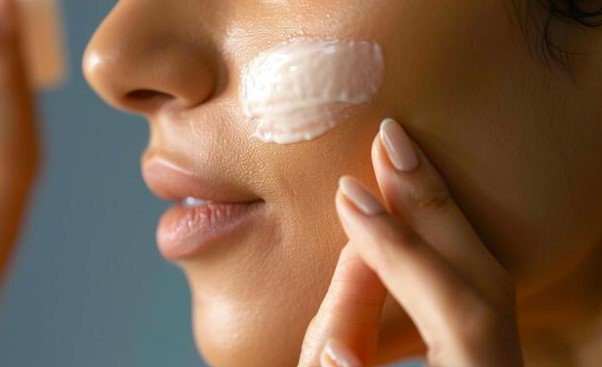Preventing Ingrown Hairs on the Face: Exfoliation and Moisturization Tips
Summary
- Proper exfoliation helps to prevent ingrown hairs by removing dead skin cells and allowing hair to grow freely.
- Moisturizing regularly helps to keep the skin hydrated and reduce the likelihood of irritation, which can contribute to ingrown hairs.
- Incorporating gentle exfoliation and moisturizing into your daily skincare routine can help prevent ingrown hairs on the face.
Exfoliation
Exfoliation is a key step in any skincare routine, especially when it comes to preventing ingrown hairs on the face. By sloughing away dead skin cells, you can help to prevent hairs from getting trapped beneath the surface of the skin and causing irritation. Here are some of the best ways to exfoliate effectively:
Chemical exfoliants
- Salicylic acid: This beta hydroxy acid penetrates the pores and helps to exfoliate the skin from within, making it ideal for preventing ingrown hairs.
- Glycolic acid: This alpha hydroxy acid works to dissolve dead skin cells on the surface of the skin, promoting a smoother complexion and reducing the likelihood of ingrown hairs.
Physical Exfoliants
- Exfoliating scrubs: Look for scrubs with gentle exfoliating particles, such as sugar or jojoba beads, to help slough away dead skin cells without causing irritation.
- Exfoliating brushes: Using a soft-bristled brush can help to physically exfoliate the skin and prevent ingrown hairs from forming.
It's important to exfoliate regularly, but be mindful not to overdo it, as this can lead to irritation and sensitivity. Aim to exfoliate 2-3 times a week, and adjust as needed based on your skin's reaction.
Moisturization
Keeping the skin well-hydrated is essential for preventing ingrown hairs on the face. Dry, dehydrated skin is more prone to irritation, which can exacerbate the problem. Here's how to effectively moisturize your skin to prevent ingrown hairs:
Choose the Right Moisturizer
- Opt for a lightweight, non-comedogenic moisturizer that won't clog pores or contribute to skin congestion.
- Look for moisturizers with hydrating ingredients such as hyaluronic acid, glycerin, and ceramides to help lock in moisture and keep the skin barrier intact.
Moisturize Daily
- Make moisturizing a daily habit, both in the morning and evening, to keep your skin hydrated and prevent dryness that can lead to ingrown hairs.
- Apply your moisturizer to damp skin to help lock in moisture and maximize hydration.
Consistent moisturization can help to soothe and protect the skin, reducing the likelihood of irritation and ingrown hairs. Remember to pay special attention to areas where ingrown hairs tend to occur, such as the chin and jawline.
Conclusion
Preventing ingrown hairs on the face requires a combination of proper exfoliation and moisturization. By incorporating gentle exfoliants, such as salicylic acid and Exfoliating scrubs, into your skincare routine, you can help to keep your pores clear and prevent hairs from becoming trapped beneath the surface of the skin. Additionally, regular moisturization with a lightweight, hydrating moisturizer can help to keep your skin balanced and reduce the likelihood of irritation. By taking these steps to care for your skin daily, you can enjoy a smoother, clearer complexion free from ingrown hairs.

Disclaimer: The content provided on this blog is for informational purposes only, reflecting the personal opinions and insights of the author(s) on the topics. The information provided should not be used for diagnosing or treating a health problem or disease, and those seeking personal medical advice should consult with a licensed physician. Always seek the advice of your doctor or other qualified health provider regarding a medical condition. Never disregard professional medical advice or delay in seeking it because of something you have read on this website. If you think you may have a medical emergency, call 911 or go to the nearest emergency room immediately. No physician-patient relationship is created by this web site or its use. No contributors to this web site make any representations, express or implied, with respect to the information provided herein or to its use. While we strive to share accurate and up-to-date information, we cannot guarantee the completeness, reliability, or accuracy of the content. The blog may also include links to external websites and resources for the convenience of our readers. Please note that linking to other sites does not imply endorsement of their content, practices, or services by us. Readers should use their discretion and judgment while exploring any external links and resources mentioned on this blog. Content in this blog is copyright protected, please do not repost or embed content without prior written permission.